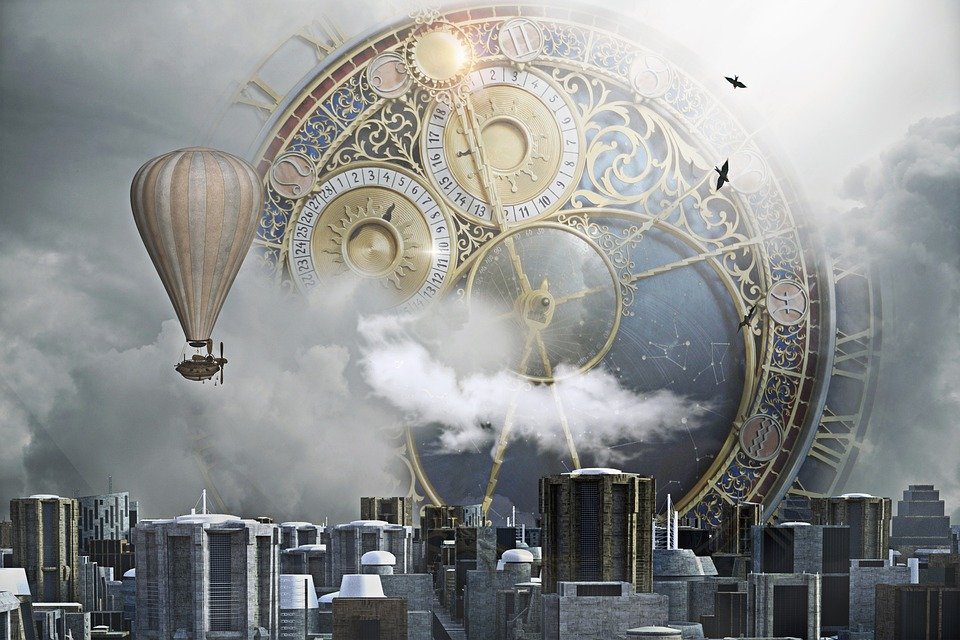In recent years, non-fungible tokens (NFTs) have taken the art world by storm, revolutionizing the way we buy, sell, and collect digital artwork. NFTs are unique digital assets that are stored on a blockchain, making them one-of-a-kind and easily verifiable. While traditional NFT collections have primarily consisted of static images or videos, a new wave of NFTs created using generative artificial intelligence (AI) is pushing the boundaries of what is possible in the world of digital art.
What is Generative AI?
Generative AI is a technology that uses algorithms to generate new content based on patterns and data it has been trained on. In the context of NFT art, generative AI can be used to create unique and ever-evolving artworks that are unlike anything that has been seen before. Artists can input parameters and rules into the AI, and it will generate an infinite number of variations based on those inputs.
Transforming NFT Collections
Generative AI is transforming NFT collections in several ways. Firstly, it allows artists to create dynamic and interactive artworks that change over time. This adds a new dimension to the traditional static NFTs, making them more engaging and unique for collectors. Additionally, generative AI can create an unlimited number of variations of a single artwork, ensuring that each collector owns a truly one-of-a-kind piece.
Furthermore, generative AI can be used to create collaborative artworks, where multiple artists contribute their inputs to the AI, resulting in a truly unique and collaborative piece of art. This opens up new possibilities for artists to work together and create innovative and groundbreaking artworks that push the boundaries of what is possible in the digital art world.
Challenges and Opportunities
While generative AI offers exciting possibilities for NFT collections, there are also challenges that come with using this technology. One of the main challenges is ensuring that the AI is trained on diverse and inclusive datasets to avoid perpetuating biases in the artworks it generates. Additionally, artists must carefully consider the parameters and inputs they provide to the AI to ensure that the resulting artworks align with their artistic vision.
Despite these challenges, generative AI presents numerous opportunities for artists and collectors in the NFT space. By leveraging this technology, artists can create truly unique and innovative artworks that stand out in a crowded marketplace. Collectors, on the other hand, have the opportunity to own rare and exclusive pieces of art that evolve and change over time, adding value and intrigue to their collections.
FAQs
What is an NFT?
A non-fungible token (NFT) is a unique digital asset that is stored on a blockchain, making it one-of-a-kind and easily verifiable. NFTs can represent digital artworks, collectibles, music, videos, and more.
How does generative AI work?
Generative AI uses algorithms to generate new content based on patterns and data it has been trained on. Artists can input parameters and rules into the AI, and it will create an infinite number of variations based on those inputs.
What are the benefits of using generative AI in NFT art?
Generative AI allows artists to create dynamic and interactive artworks that change over time, as well as an unlimited number of variations of a single artwork. This adds a new dimension to traditional static NFTs and ensures that each collector owns a truly unique piece.
What are the challenges of using generative AI in NFT art?
One of the main challenges is ensuring that the AI is trained on diverse and inclusive datasets to avoid perpetuating biases in the artworks it generates. Additionally, artists must carefully consider the parameters and inputs they provide to the AI to ensure that the resulting artworks align with their artistic vision.

